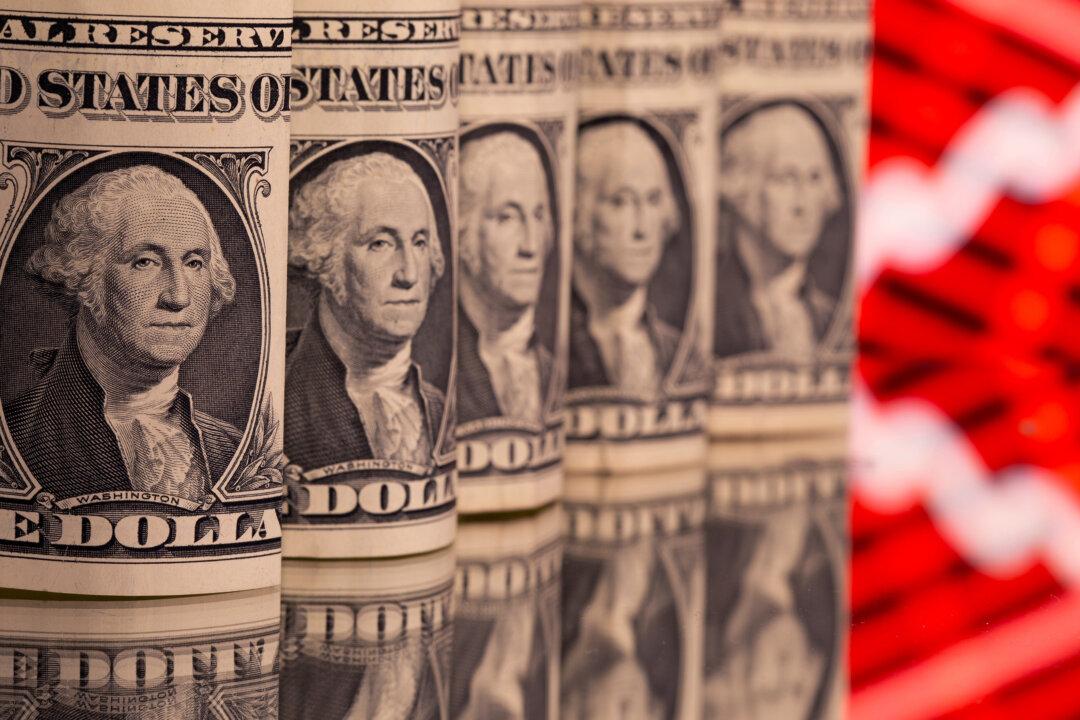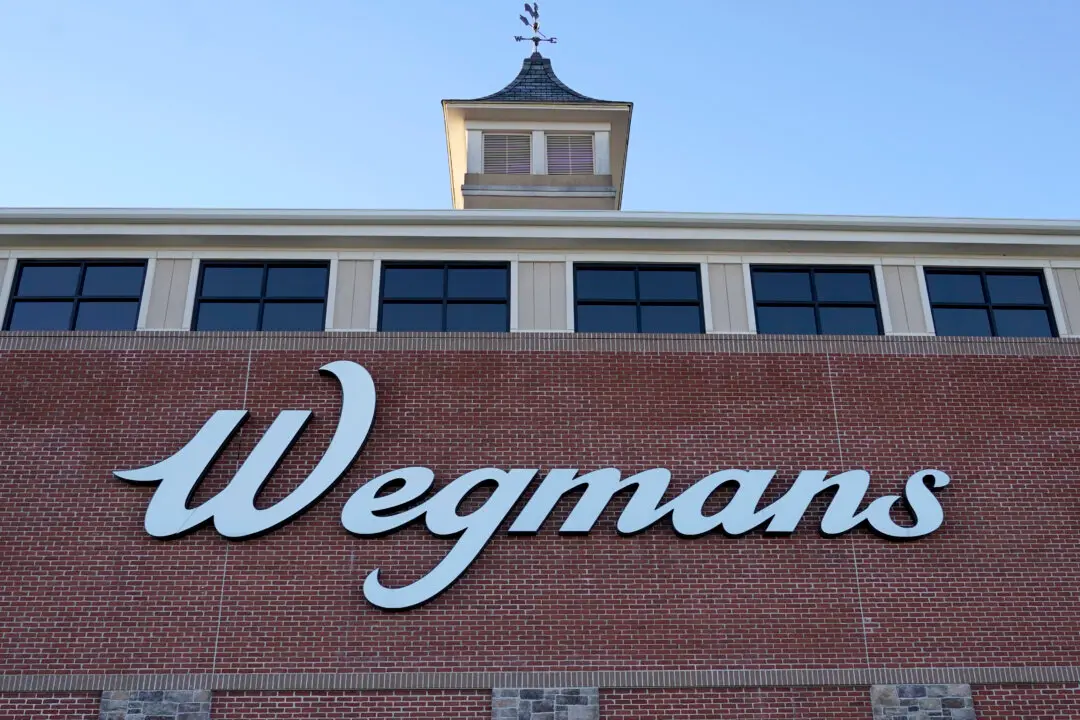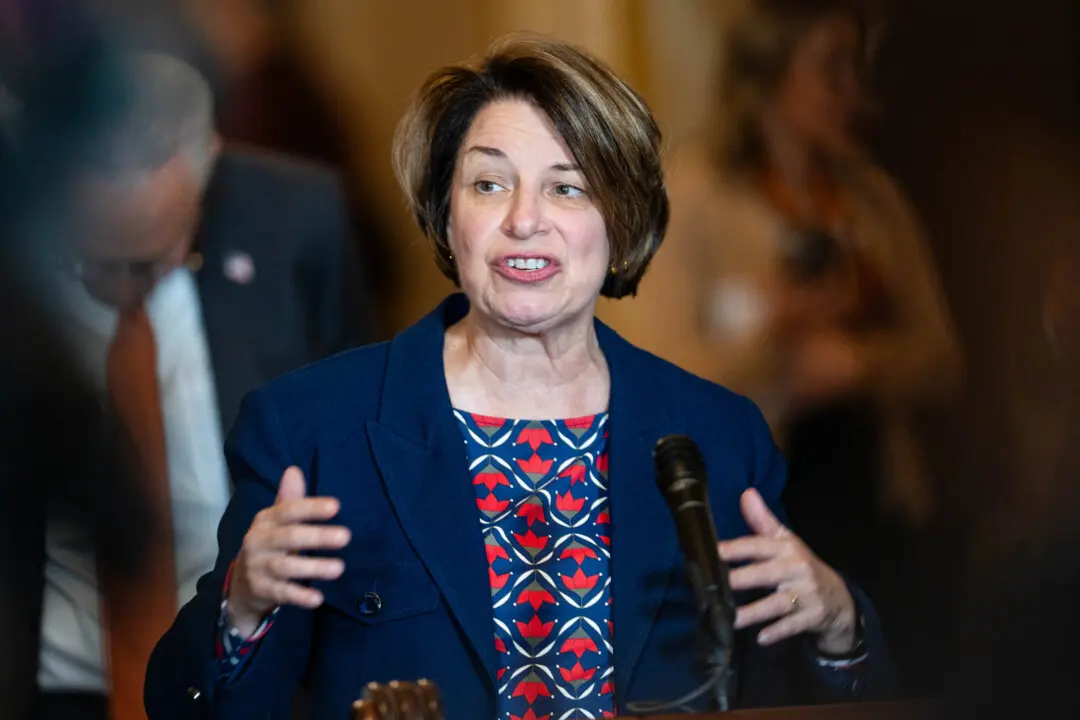U.S. consumer prices have soared above economists’ predictions and by the most in more than a decade, as fiscal stimulus and booming demand pushed against supply constraints, potentially fueling market fears of a prolonged bout of higher inflation.
The consumer price index (CPI) jumped by 4.2 percent for the 12 months ending in April, compared to 2.6 percent for the 12 months ending in March, the Labor Department stated in a release on May 12 (pdf). This is the largest 12-month increase since September 2008, when the index rose by 4.9 percent.





